- Home
- Machining techniques
- CNC Machining Services
- Cooperative supply services
- Designs
- Materials
- Finishing Services
- Shop
- Products
- Guide
- About Us
- Contact Us
2023.4.28
The field of 3D printing has evolved dramatically over the last few years. Once a technology confined to research laboratories, 3D printing has now become accessible to the masses. It has revolutionized the way we think about design and manufacturing, providing designers with new tools to create complex geometries, lightweight structures, and intricate textures. But designing parts for 3D printing requires a different approach than traditional manufacturing. In this article, we will discuss the tips and techniques that can help you design parts for 3D printing.
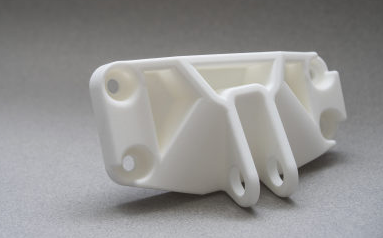
1. Consider the Manufacturing Technology
There are several types of 3D printing technologies available, each with its strengths and weaknesses. Before designing parts for 3D printing, it is essential to consider the manufacturing technology that you will be using. Different technologies have different design limitations, such as minimum feature size, layer height, and build volume. Understanding the limitations of the manufacturing technology will help you design parts that can be printed accurately and efficiently.
2. Use CAD Software
3D printing requires 3D digital models that can be used to print physical objects. To create 3D digital models, you need computer-aided design (CAD) software. CAD software allows you to create detailed 3D models that can be optimized for 3D printing. Some of the popular CAD software for 3D printing include Fusion 360, SolidWorks, and SketchUp.
3. Design for Additive Manufacturing
Unlike traditional manufacturing, where parts are created by removing material from a solid block, 3D printing builds parts layer by layer. This means that parts can be designed with intricate geometries, internal cavities, and other features that are difficult or impossible to create with traditional manufacturing. To take full advantage of additive manufacturing, it is essential to design parts that are optimized for 3D printing.
4. Choose the Right 3D Printing Material
The material properties of the 3D printing material can significantly impact the design of the part. For example, if you are printing a part that will be subjected to high loads or stresses, you need to choose a material that is strong enough to withstand the forces. Similarly, if you are printing a part that will be exposed to high temperatures, you need to choose a material that can withstand the heat.
There are several types of 3D printing materials available, including plastics, metals, ceramics, and composites. Some of the popular 3D printing plastics include PLA, ABS, PETG, and Nylon. Each material has its unique properties, such as strength, flexibility, and heat resistance. It is essential to choose the right material for your part based on its intended function.
5. Design with Support Structures in Mind
Support structures are an essential part of 3D printing. They are necessary to prevent the part from collapsing during the printing process. However, support structures can also add to the printing time and material cost. To optimize the use of support structures, it is essential to design parts with support structures in mind. This means designing parts with overhangs that can be supported by the structures.
6. Use Generative Design
Generative design is a design process that uses algorithms to generate optimized designs based on a set of constraints and goals. This process can be particularly useful in 3D printing, where parts can be designed with complex geometries that are difficult to optimize manually. Generative design can help you create parts that are optimized for 3D printing, lightweight, and have improved performance.
7. Use CAD Software
To create 3D digital models, you need computer-aided design (CAD) software. CAD software allows you to create detailed 3D models that can be optimized for 3D printing. Some of the popular CAD software for 3D printing include Fusion 360, SolidWorks, and SketchUp.
Using CAD software allows you to create detailed 3D models that can be optimized for 3D printing. You can create designs that include intricate geometries, internal cavities, and other features that are difficult or impossible to create with traditional manufacturing. CAD software also allows you to test and iterate the design before printing, which can help you identify design flaws and make the necessary adjustments.
8. Test and Iterate
There are several ways to test and iterate 3D printed parts. One of the most common methods is to print a prototype or a small-scale model of the part. This can help you identify design flaws, such as weak points, warping, or incorrect tolerances. Once you have identified the design flaws, you can make the necessary adjustments and print a new prototype.
Another way to test and iterate 3D printed parts is to use simulation software. Simulation software can be used to simulate the performance of the part under different conditions, such as stress, temperature, and vibration. This can help you identify potential design flaws and make the necessary adjustments before printing the part.
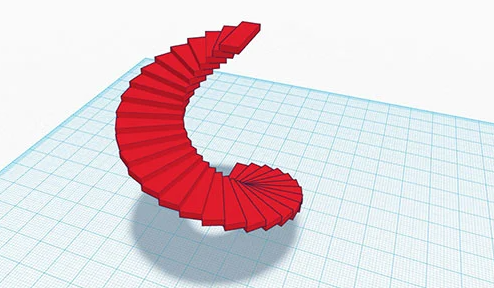 What Software Affects 3D Printing – Netfab, Magics, Dyndrite & More
What Software Affects 3D Printing – Netfab, Magics, Dyndrite & More
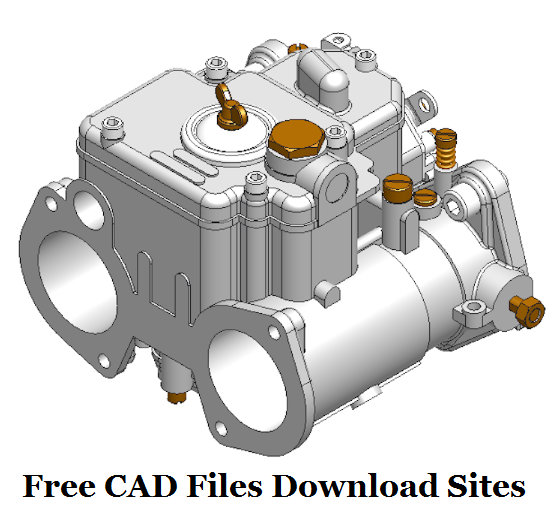 Best 8 Design Libraries & Sites for Free CAD Files Download – How to Get Free 3D CAD Models | CNCLATHING
Best 8 Design Libraries & Sites for Free CAD Files Download – How to Get Free 3D CAD Models | CNCLATHING
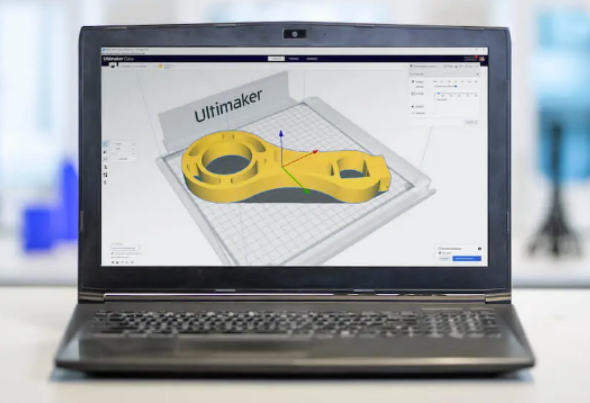 Do You Need a Computer for 3D Printing – Computer Requirements for 3D Printing
Do You Need a Computer for 3D Printing – Computer Requirements for 3D Printing
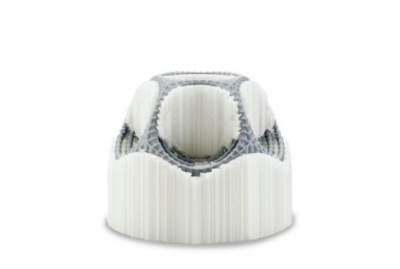 Comparison Guide For 3D Printing Materials – Characteristics, Printing Parameters & More
Comparison Guide For 3D Printing Materials – Characteristics, Printing Parameters & More
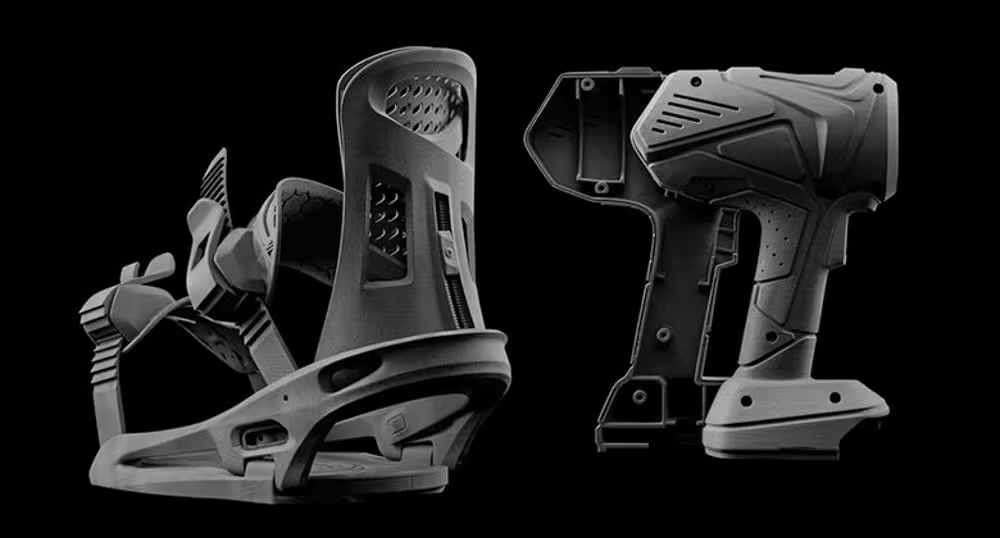 What is Multi Jet Fusion & How It Work – HP MJF 3D Printing Principle, Benefits, Price, Applications
What is Multi Jet Fusion & How It Work – HP MJF 3D Printing Principle, Benefits, Price, Applications
 What Is The Role Of 3D Printing In Ship Manufacturing & Repairing?
What Is The Role Of 3D Printing In Ship Manufacturing & Repairing?
